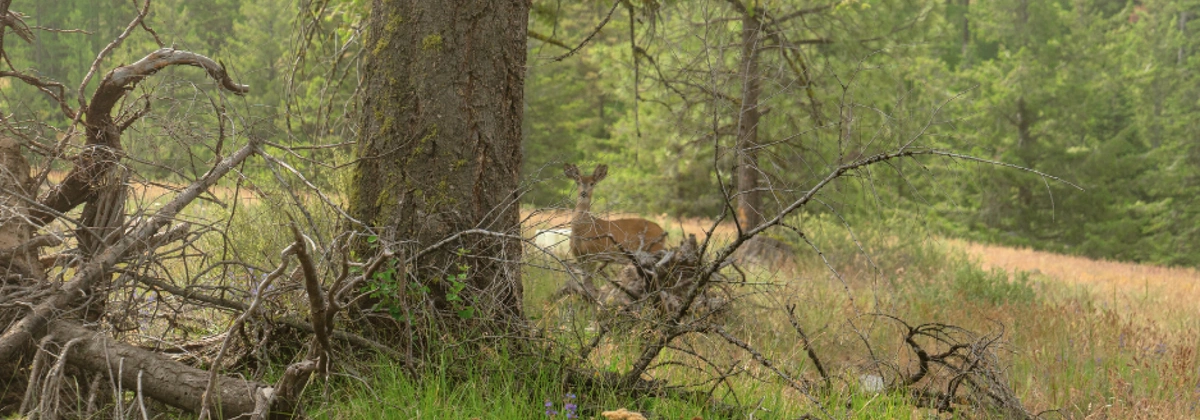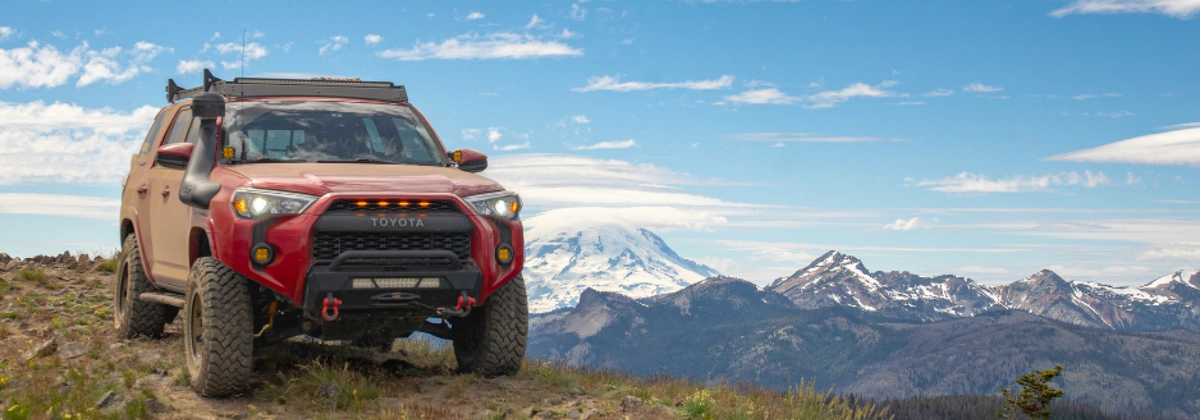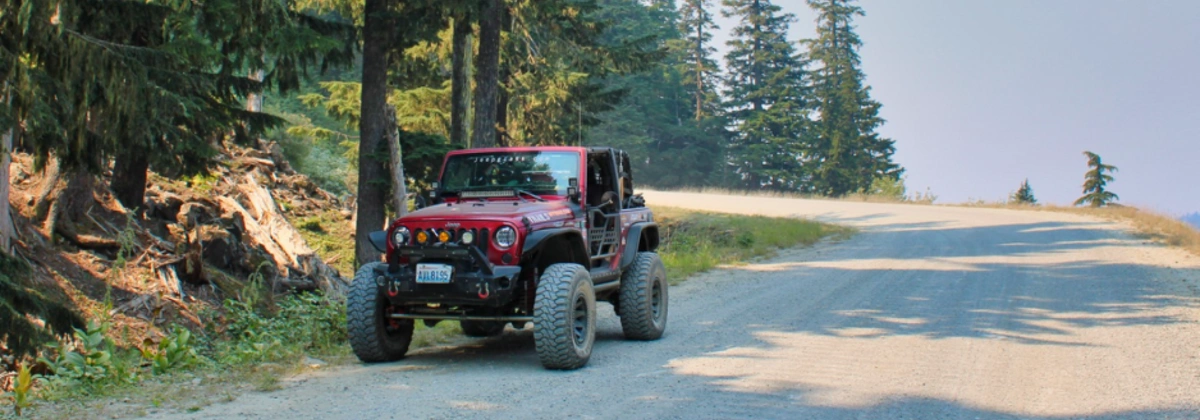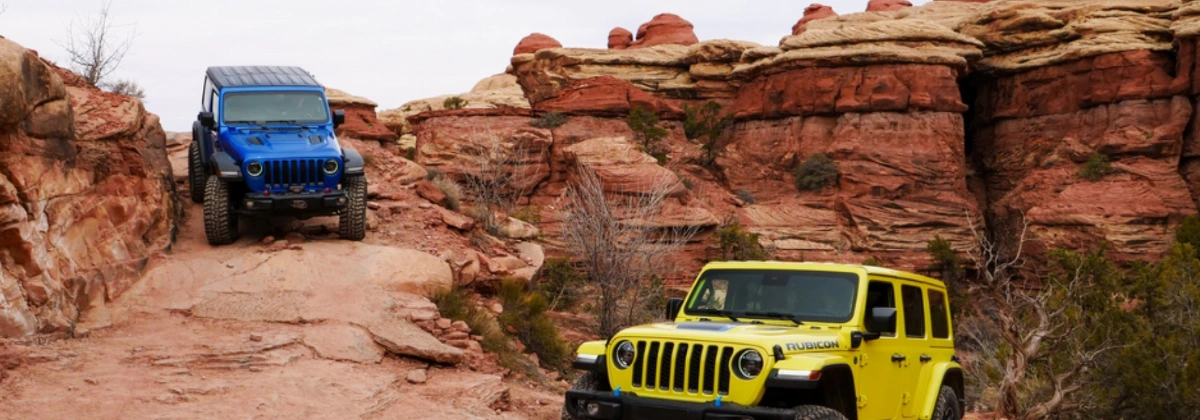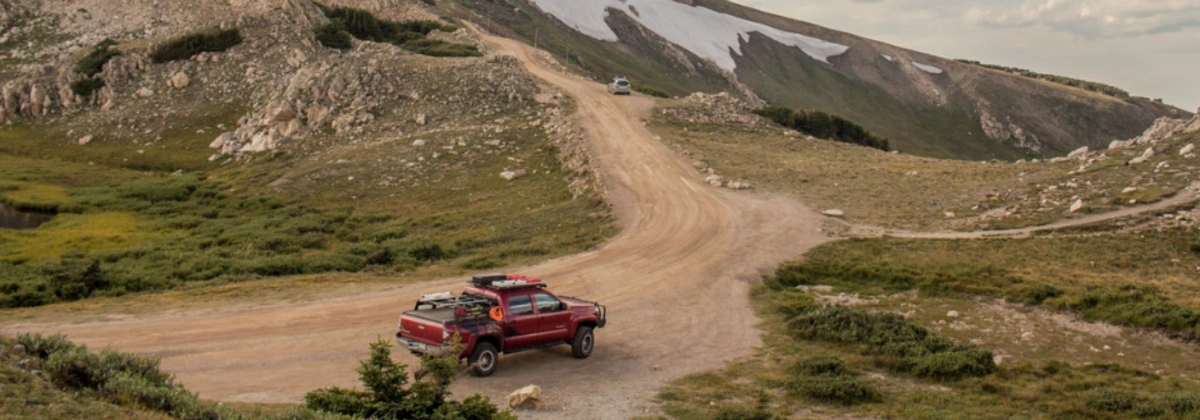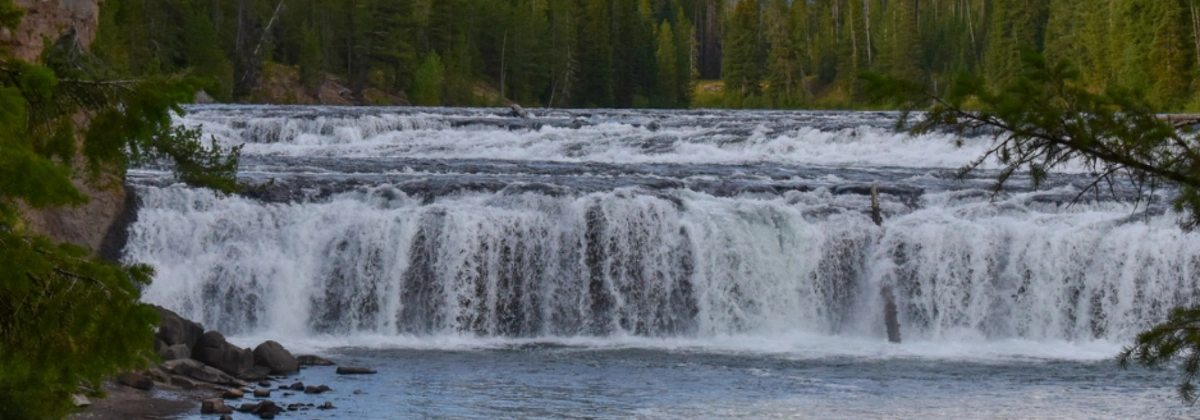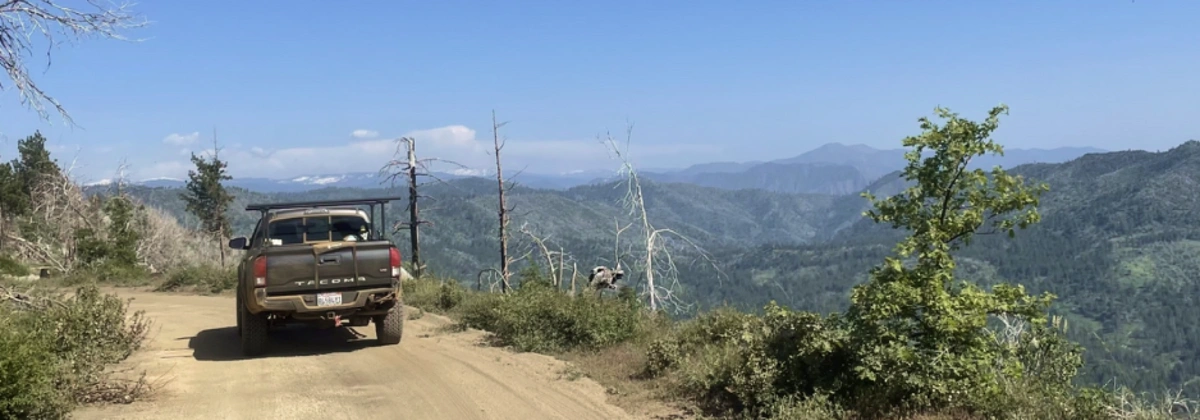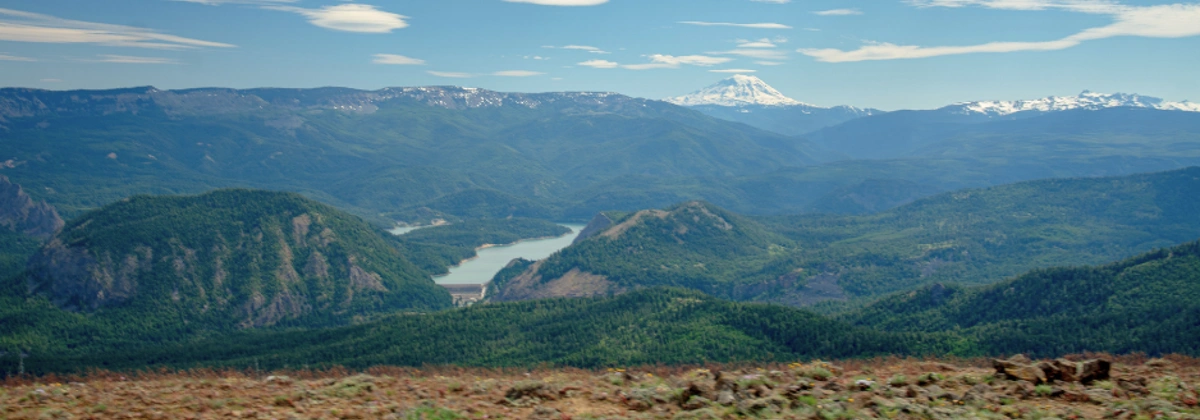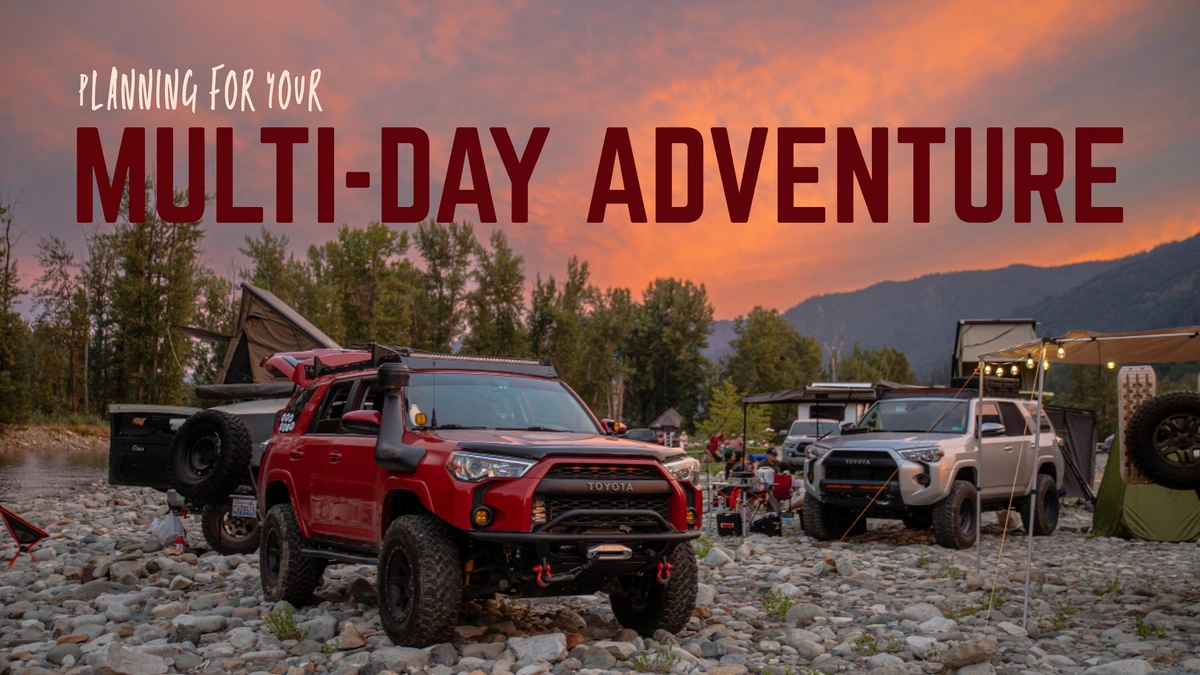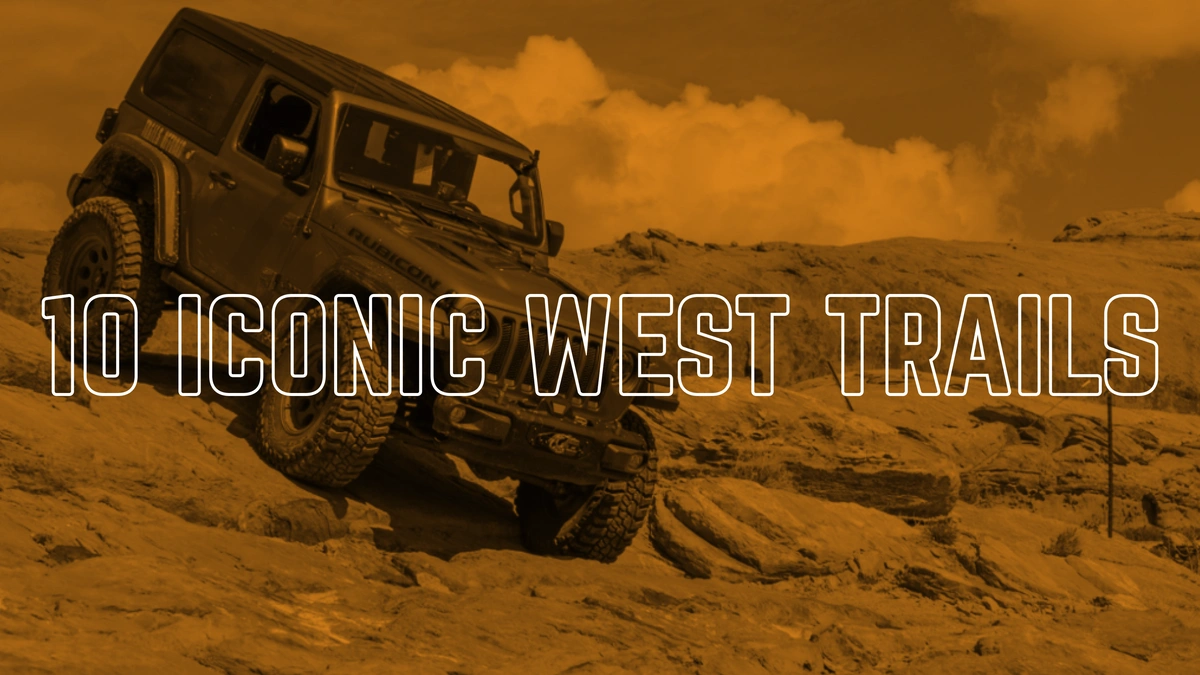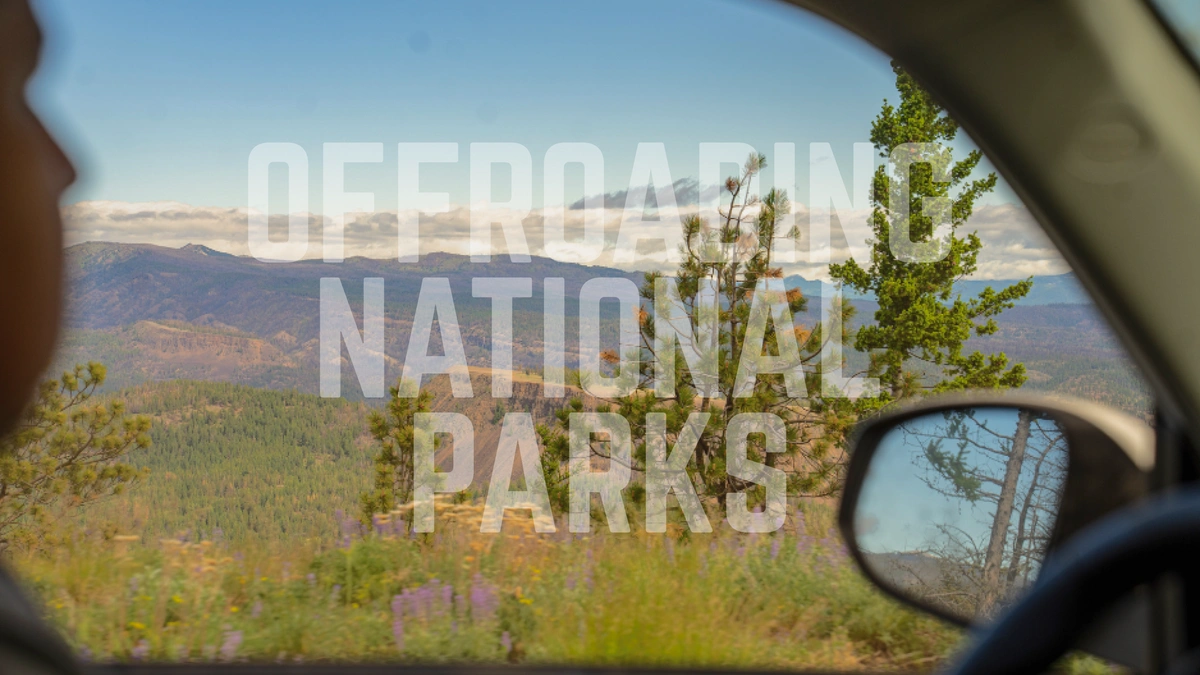
Offroading in National Parks
Throughout the United States, national parks offer stunning and diverse landscapes for offroad and outdoor enthusiasts. Many of these parks have designated Off-Road Vehicle (ORV) trails that provide unique opportunities for exploration.
While the basic principles of offroading apply, it's essential to recognize that these protected areas are subject to stringent regulations. Adhering to the rules is crucial to ensure the preservation of these natural treasures and to enjoy a safe and responsible adventure.
Let's go through the essential dos and don'ts of offroading in national parks, where to find reliable information, and how to plan a successful trip.
The Do’s and Don’ts
Do: Respect Park Regulations
Every national park has its own set of rules and regulations for off-roading. These guidelines are designed to protect the park's natural resources and ensure a safe experience for all visitors. Make sure to familiarize yourself with these regulations before hitting the trails.
Don’t: Go Off the Designated Trails
One of the cardinal rules of offroading anywhere, but especially in National Parks, is to stay on designated trails. I can’t stress this enough. Driving off-trail can cause significant environmental damage, including soil erosion, destruction of vegetation, and disturbance of wildlife habitats. Not only that but it can be extremely dangerous to drive off any of the trails. Repercussions for driving off-trail can include tickets, fines, and denial of future entry to the park.
Do: Tread Lightly
We’ve talked a lot about practicing the principles of "Tread Lightly" lately, but it’s important to continue reiterating the information. For those who need a quick rundown, Tread Lightly means minimizing your impact on the environment. This means ensuring you don’t leave any permanent marks on the areas you are exploring.
Doing your part to help protect the fragile ecosystems is what makes coming to these parks so special.
Don’t: Ignore Safety Precautions
Safety should always be a top priority when offroading. Make sure your vehicle is in good condition, carry essential safety gear, and be prepared for emergencies. This includes having a first aid kit, recovery equipment, and a communication device in case you need to call for help. Always let someone know your itinerary and expected return time.
Respect park regulations and double-check for road closures before you head out on the trails.
Do: Respect Wildlife
I love seeing wildlife out on the trails, and National Parks are home to diverse wildlife. It's important to respect their space; at the end of the day, this is their home, and you’re only visiting.
- Keep a safe distance from animals
- Never feed the wildlife (yes, even the squirrels)
- Avoid disrupting their natural behaviors
Before you set up camp, make sure to look around and confirm that you are not in their designated area.
Observing wildlife from a distance can be a rewarding experience but getting too close can be dangerous for both you and the animals.
Where to Find Information about Offroading in National Parks
Before planning a trip to your local National Park, do some research to avoid any hiccups. Here are some ways to get all the information you need for your next trip!
National Park Service Website
The National Park Service (NPS) website is a valuable resource for information about each national park. Each park has its own page with detailed information on regulations, trail maps, and safety tips. The NPS website is also a great place to find updates on trail conditions and any temporary closures that might affect your plans.
You’ll also find all the resources you may need to enter the park properly, such as permits, passes, and fees, along with tons of information about the best places to visit within each park.
Local Ranger Stations
If you forget to check online before your trip, don’t worry. Each park has its own ranger stations, and they can provide you with all of the up-to-date information you will need and prepare you to explore the area.
Rangers can provide insights into current trail conditions, recommend the best routes for your skill level, and offer tips for a safe and enjoyable experience. They are also knowledgeable about the park's history, wildlife, and geology, making your visit more enriching.
Offroading Communities and Forums
Online communities and forums dedicated to off-roading are fantastic places to connect with other enthusiasts and gather firsthand information.
At Trails Offroad™, we provide you with tons of different routes, often leading to some of the best camping spots across our country. And for those who want a day trip, we also have plenty of routes that are better suited for your needs!
You can also find various social media groups that share trail reviews, trip reports, and advice for exploring the different parks. These groups are also great to meet new people and join in on group trips.
Which Parks Should You Explore?
The easiest way to find a National Park near you is to use the Find a Park feature on the NPS website. Here, you can easily put in the state you want to visit, and it will give you information on each of the parks located in that area.
Check out 5 of the best trails we have mapped in different National Parks!
Mowrich Lake Road - Mount Rainier National Park
Mowich Lake Road, starts in the Snoqualmie Mt. Baker National Forest and climbs about 5000 feet, ending at Mowich Lake in the Mt. Rainier National Park.
Along this road you will also find Evans Creek ORV, which is a 4x4 park with marked trails for 4x4 vehicles, quads, and motorcycles.
It is opened seasonally as there tends to be heavy snowfall in late fall to early summer.
Elephant Hill- Canyonlands National Park
Elephant Hill is a remote trail that takes you through the Needles District in Canyonlands National Park.
Many who have traveled through this trail have called it one of Utah's most technical 4WD routes and rightfully so. You’ll experience steep rocky inclines, tight routes through the canyons, and everything in between.
If you plan on visiting don’t forget to check out the pictographs on the sides of the canyon wall towards Chesler Park.
Old Fall River Road - Rocky Mountain National Park
Old Fall River Road is a historic roadway through Rocky Mountain National Park in Colorado. It was built in the 1910s as the first motor route through the park.
This trail is a 9-mile route that takes you up to almost 12,000ft in elevation to see some of the most breathtaking views in the National Park.
Cave Falls - Yellowstone National Park
Cave Falls starts in Idaho and travels into a small portion of Yellowstone National Park. You will find many different waterfalls throughout this trail, but Cave Falls spans 140 feet of the river, where you can see views of the upper and lower falls.
This trail also offers many different campsites, views of the Grand Tetons, and access to a less-traveled section of Yellowstone National Park.
Old Yosemite Coulterville Rd - Yosemite National Park
The Old Yosemite Coultervill Road is a historic trail that starts in the Stanislaus National Forest and crosses over into Yosemite National Park. This road originally opened in 1874 as the first highway into the Yosemite.
Today, this is a well-maintained forest service road that spans about 30 miles to start your journey into the Yosemite National Park. While most of the road is fairly easy, towards the end, you will find a few obstacles that will require 4WD.
Planning Your Next Trip
If you are planning to spend a few days exploring the National Parks, there are a few things you should prepare for. Let’s talk about it below!
1. Prepare Your Vehicle
Before heading out, it's crucial to ensure your vehicle is in top condition. Start with a thorough inspection, focusing on tires, brakes, fluids, and the battery. Equip your vehicle with essential offroading gear that you may need. If you are unsure about what you may need to do these trails, we have a detailed guide featuring all the necessary gear to get you through even the hardest of trails.
Having the right tools and gear can make a significant difference in handling unexpected situations on the trail.
2. Packing Essentials
Packing the right gear is vital for a successful offroading trip. Make sure to bring plenty of water, food, and extra fuel. Other essential items include a first aid kit, a radio, a multi-tool, and a fire extinguisher.
Don’t forget camping gear if you plan to stay overnight, and always pack out what you pack in!
3. Map Out Your Trip
You will also want to ensure you have your route mapped out and the maps downloaded offline so you can utilize them without service. If you need inspiration, browse thousands of trails on the Trails Offroad™ map with a free 7-day trial and access every detail you need.
4. Understanding Park-Specific Requirements
As I mentioned earlier, each national park may have unique requirements and permits for offroading and camping.
Before you enter the park, check if you need a permit or pass, and be aware of any seasonal restrictions or trail closures. Some parks also require vehicles to meet specific standards, such as having a certain ground clearance or being equipped with four-wheel drive.
---
We hope you have safe travels out on your next adventure and don’t forget to LEAVE A TRAIL REVIEW on your favorite Trails Offroad™ guide!
